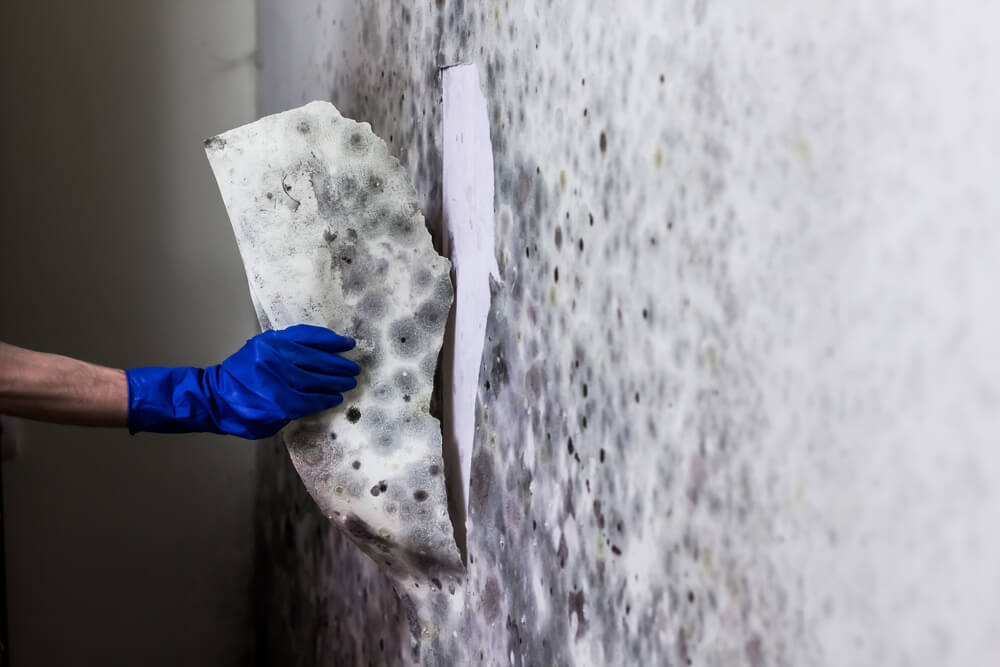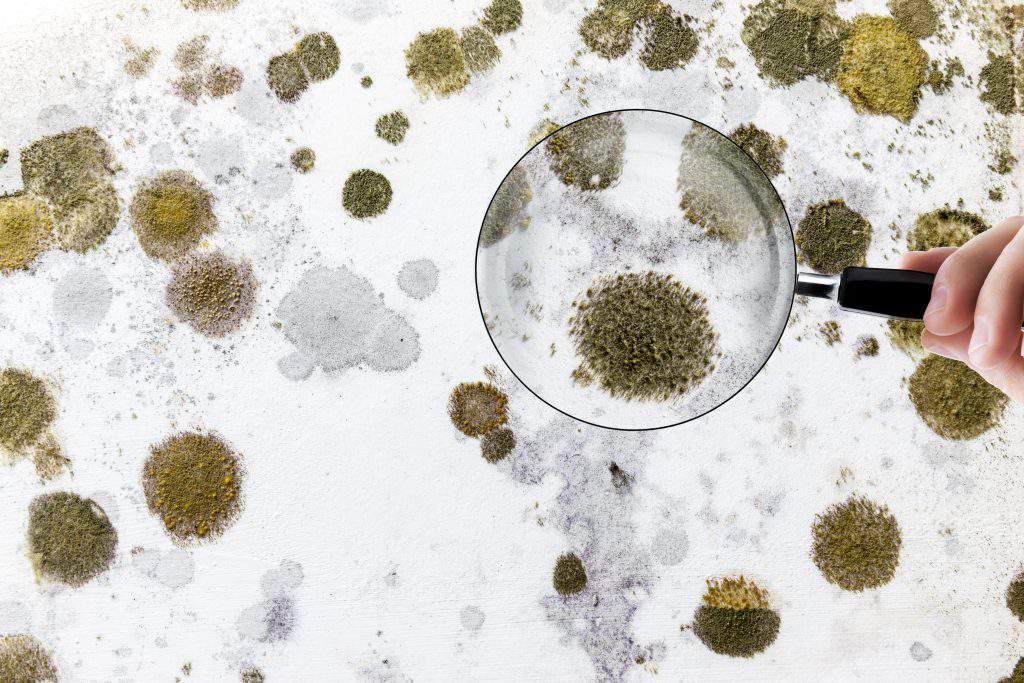After Mold Remediation Methods for Tidy Rooms
Wiki Article
Expert Tips for Message Mold And Mildew Remediation Success
In the realm of mold and mildew remediation, effectively getting rid of mold and mildew is just half the battle; the true challenge lies in stopping its reappearance. By sticking to experienced ideas and best methods, people can protect their rooms versus mold renewal and keep a healthy and balanced indoor environment.
Screen Moisture Levels On A Regular Basis
After finishing mold remediation procedures, maintaining ideal humidity degrees is essential to protect against mold and mildew re-growth and make certain a healthy interior atmosphere. High moisture degrees above 60% create a conducive atmosphere for mold and mildew to grow, making normal checking a positive procedure to prevent any kind of future mold issues.Using hygrometers or moisture meters can assist in precisely determining moisture degrees in various locations of the residential or commercial property. These tools supply real-time data that makes it possible for removal professionals to make informed choices pertaining to ventilation, dehumidification, and other essential activities to preserve suitable moisture levels post-remediation. Furthermore, developing a routine timetable for humidity checks, specifically in risky locations such as cellars, shower rooms, and kitchens, is an aggressive technique to mold and mildew prevention. By continually checking humidity degrees, homeowner can effectively mitigate the threat of mold reoccurrence and maintain a healthy interior environment post-remediation.
Conduct Thorough Inspections Post-Remediation
Adhering to the completion of mold and mildew removal procedures, it is imperative to perform extensive evaluations to validate the effectiveness of the removal procedure. These post-remediation inspections are crucial in ensuring that the mold problem has actually been effectively attended to and that there is no reappearance or remaining mold development. Assessments ought to be performed by certified experts that have expertise in recognizing mold and mildew and evaluating indoor air high quality.During these assessments, different techniques such as visual assessments, air tasting, and surface tasting may be employed to extensively evaluate the remediated locations. Visual analyses involve an in-depth assessment of the premises to look for any type of visible signs of mold and mildew growth or water damage. Air sampling assists in determining the airborne mold and mildew spore degrees, while surface tasting can identify mold fragments on surfaces.
Implement Appropriate Air Flow Approaches
After making sure the performance of the mold and mildew remediation procedure through comprehensive evaluations, the following vital action is to concentrate on applying appropriate ventilation techniques. Appropriate ventilation is important in avoiding mold and mildew reoccurrence by regulating wetness degrees and promoting air blood circulation.
Proper ventilation not just aids in stopping mold growth however also contributes to the general wellness and convenience of passengers. By making sure appropriate ventilation throughout the building, you can decrease the danger of mold and mildew regrowth and create a much healthier living environment.

Usage Mold-Resistant Products for Repair Works
To enhance the long-term performance of mold remediation initiatives, incorporating mold-resistant products for repair services is click to investigate vital in minimizing the risk of future mold and mildew development. Mold-resistant materials are designed to stand up to wetness and prevent mold and mildew growth, making them an important selection for locations susceptible to dampness and moisture. When fixing areas influenced by mold and mildew, using materials such as mold-resistant drywall, mold-resistant paints, and mold-resistant caulking can aid avoid mold and mildew reappearance.Mold-resistant drywall is a superb alternative to conventional drywall in locations like basements and washrooms where wetness levels are greater. This sort of drywall has an unique covering that resists mold and mildew growth even when subjected to damp conditions. Furthermore, utilizing mold-resistant paints consisting of antimicrobial representatives can additionally inhibit mold development on wall surfaces and ceilings.
In locations where dampness prevails, such as shower rooms and kitchen areas, making use of mold-resistant caulking around sinks, tubs, and windows can aid secure out water and protect against mold and mildew from taking hold in cracks and gaps. By spending in these mold-resistant products throughout repair services post-remediation, you can dramatically reduce the likelihood of future mold and mildew concerns and keep a much healthier indoor environment.
Maintain Tidiness and Address Water Issues
After mold and mildew remediation, it is critical to keep a clean atmosphere to avoid the regrowth of mold and mildew. Leaks, water intrusion, or high moisture levels can create the perfect reproduction ground for mold, so it is necessary to fix any type of water-related troubles immediately.To keep tidiness, consider utilizing HEPA filters in vacuums and air cleansers to catch mold and mildew spores and avoid their circulation airborne. Furthermore, making sure correct air flow in locations vulnerable to moisture buildup, such as cooking areas and washrooms, can aid keep humidity levels in check. By staying watchful about cleanliness and attending to water problems immediately, you can successfully stop mold and mildew reinfestation and keep a healthy indoor environment.
Conclusion

In the realm of mold remediation, effectively eliminating mold is just half the fight; the true challenge lies in stopping its reappearance. After finishing mold removal treatments, maintaining optimal moisture levels is important to avoid mold re-growth and make certain a healthy important source interior atmosphere. High moisture levels over 60% produce a helpful atmosphere for mold and mildew to thrive, making normal keeping an eye on a proactive action to stop any future mold issues.
To improve the long-lasting efficiency of mold removal initiatives, integrating mold-resistant materials for fixings is crucial in minimizing the danger of future mold and mildew growth. After mold and mildew remediation, it is vital to maintain a clean environment to prevent the regrowth of mold and mildew.
Report this wiki page